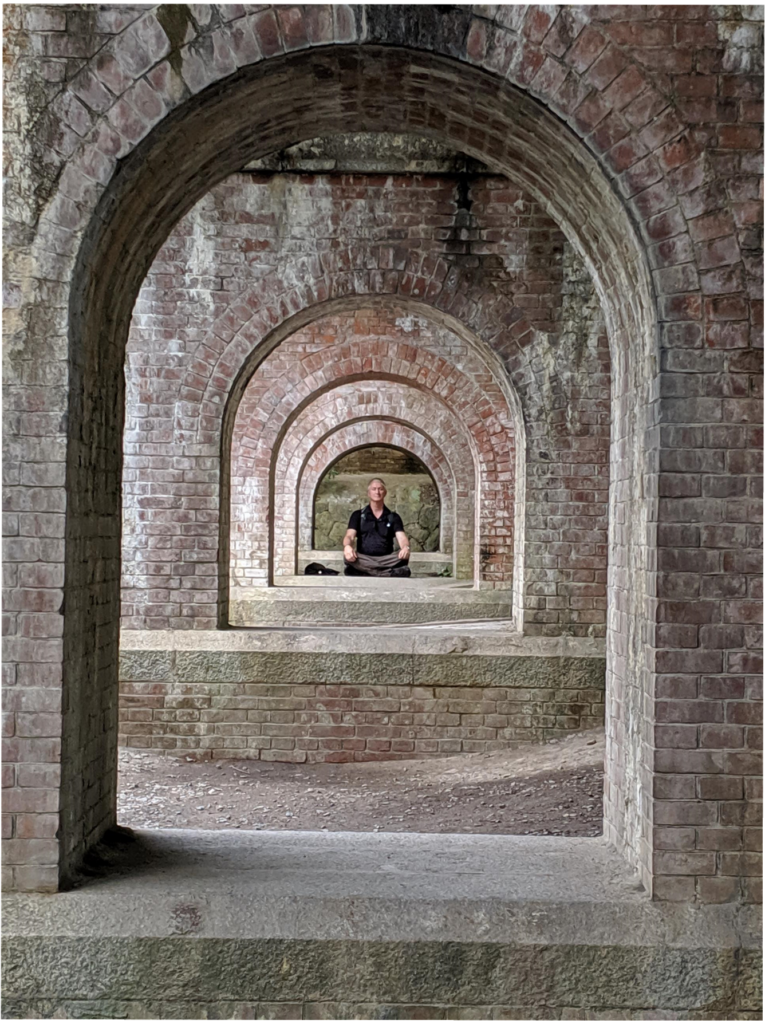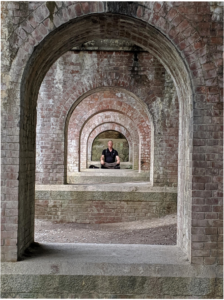
500 Year Plan
How many human institutions last 500 years or more? How pretentious is it to presume that we can establish a Trust or a business enterprise without an expiration dat e, and which at least in theory could last indefinitely? And yet, that is exactly what we seek to do. We help our clients establish “Dynasty” Trusts that by their terms could last in perpetuity. If our clients are going to have Trusts, estates and businesses that last that long, they are going to need guidance, help, and legal services.
e, and which at least in theory could last indefinitely? And yet, that is exactly what we seek to do. We help our clients establish “Dynasty” Trusts that by their terms could last in perpetuity. If our clients are going to have Trusts, estates and businesses that last that long, they are going to need guidance, help, and legal services.
We “eat our own cooking” in this regard, and have our own plan for longevity that will outlive the people currently working in our firm. Our goal is for qualified professionals to be there to serve and assist the future generations we anticipate in our dynasty plans.
Why do we have a long term plan? Those who are looking ahead and have a plan that reaches hundreds of years into the future will always outperform those who only think up to the end of a two year election cycle or a 24 hour news cycle or a trust that only lasts until its creator dies. Long term goals can only be achieved on purpose and with intention. They never just happen by accident.
The Dynasty Financial Narrative
The unavoidable reality is that inherited wealth rarely makes it to or past generation three. The wealth gets destroyed in the interval between the passing of generation one and the transition to generation three. In the process of destroying the wealth, the people and the family are also damaged. The lost wealth can be remade relatively quickly. The broken people and families take much longer to repair, sometimes many generations.
We aim to disrupt as much as possible that negative wealth cycle. Such disruption is not about governing from the grave. It is not about taking away choices. People will still do foolish things no matter how our estate plan is structured. Self destructive behavior will always be an option. There is no utopian solution that eliminates the risk inherent in the ability to make choices. However, the role of wealth in the available options for self destructive behavior cannot be ignored. How we leave wealth to future generations makes a difference.
The point is that unearned wealth aggravates self destructive behavior. It throws gas on the fires of self mutilation. So if the wealth is simply unavailable for self destructive purposes, the self destruction will not be as severe. And, by limiting the destruction to the individual who makes poor choices, and preserving the wealth for those who make healthy choices, both the wealth and the people will be better protected.
Planning to protect the wealth and planning to protect while empowering the people are two sides of the same coin. You don’t get one without the other.
So, we plan for the institutions we establish to last a long time.
The 500 Year Plan Checklist
When we look back at the roots of long term institutions, what do we see? How did they come about? Here are a few elements and concepts that we suggest you consider as part of your 500 year plan:
- A clear mission & vision. Human institutions that last a long time do so on purpose, by plan, not by accident.
- Timeless Guiding Principals. Laws and rules change. Values and vision change. True principals do not change. They apply whether we understand them or not.
- Rewards for what works. Disincentives for what does not work.
- Adapting to Change
- Preventing Mission Drift
- Conflict Resolution
- Succession of Governance
- Equity and Income allocations based on initiative and effort, not need.
- Innovation and Disruption
- Early integration of next generation
- The capacity to be reinvented in each generation
- multi-generational productivity that increases wealth rather than consuming wealth
- Seedlings sprouting in the logs of ancient and long dead trees
- Meaning
Modeling Long Term Persistence
Religions that have lasted for millennia tend to have a mission and a vision that is clear enough to be understood, but sufficiently ambiguous that it could apply to any time and circumstance. For example, for thousands of years many religious movements have been expecting the end of time to happen immediately, right now, in the lifetime of those now living. Things are always sufficiently bad that it looks like the end is upon us. And yet, generation after generation passes, and it doesn’t happen. The world hasn’t ended as predicted. But the religions persist. Why?
The believer’s answer “because it’s true” begs the question. A more precise answer might be “because it works.” Religions that persist over time tend to deliver what they promise. Examine the promises carefully! Which promises are best? And which promises do we really want? Grace is by definition free, but if you’re hungry, do something useful: plant, harvest, work, produce, help, give, feed someone else who may be hungrier than you.
If you knew that the consequences of what you are doing right now, for good or for ill, were going to endlessly ripple down through generations of time, how would it change your actions? Our answer to this question has changed the way we practice law, how we design and build our firm, how we treat our people, and how we serve our clients.
1,000 Year Plan
Recently I discussed this 500 year plan with one of my children. She said she thought we had a 1,000 plan, not just a 500 year plan. I told her I was planning the first 500 years, and the second 500 years is up to her and her generation.
